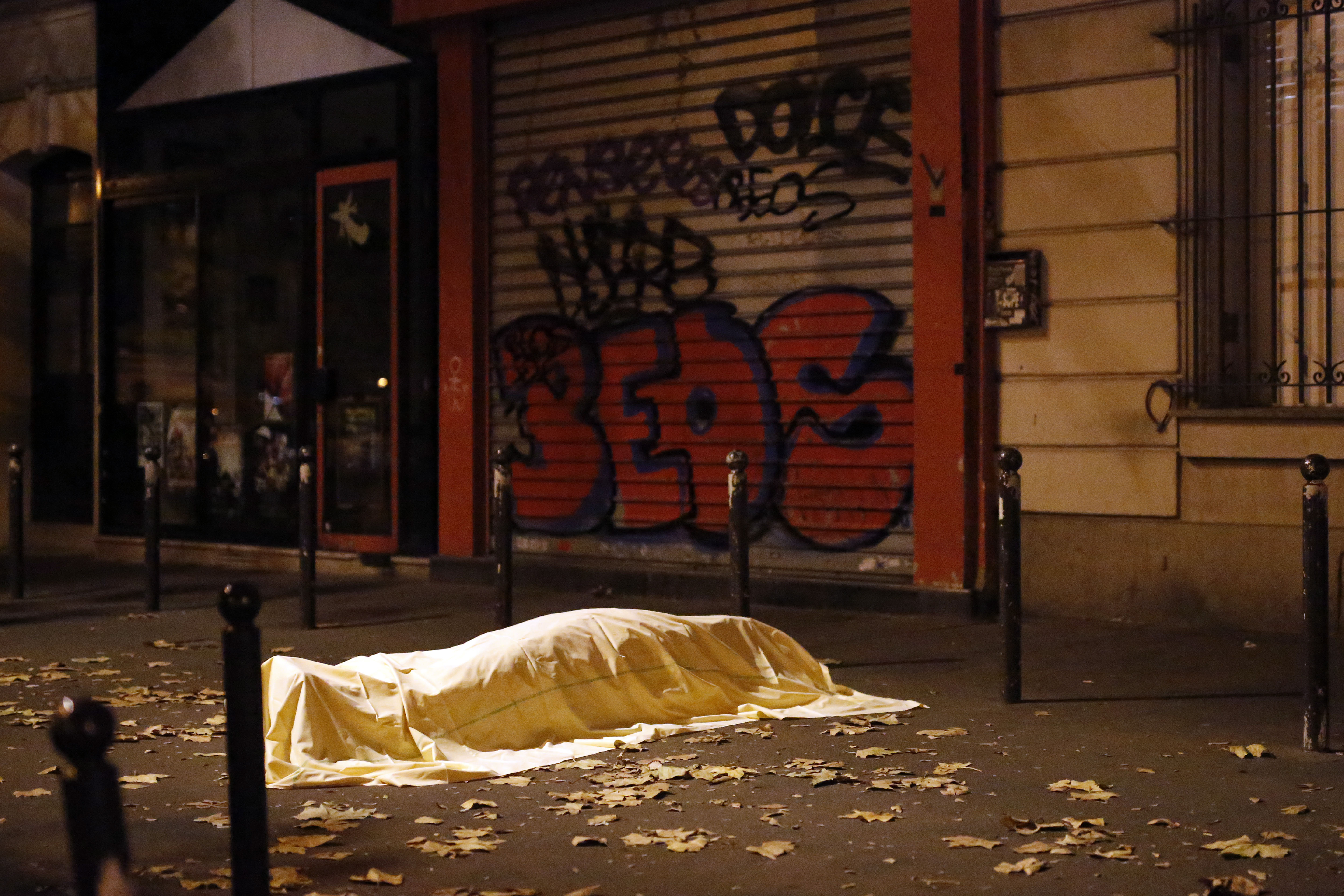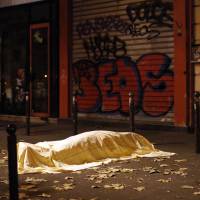The coordinated attacks in Paris on Friday carry the hallmarks of trained fighters — and a guiding hand.
The strikes occurred almost simultaneously in seven venues across the French capital and were designed to maximize casualties and signal combat experience. Even if the perpetrators weren't practiced combatants, they were likely organized by people who are, analysts said.
"For terrorists to inflict such a large amount of damage, they must have been trained very well," said Ghanem Nuseibeh, founder of Cornerstone Global Associates, which advises clients on risk in the Middle East.
The equipment, the timing and coordination show that "it's not a layman and it's not a lone attacker," Nuseibeh said by phone from Dubai.
No group has made credible claims of responsibility, and the French government has yet to say whether it has identified the perpetrators.
French planes are bombing militants in Syria as part of a U.S.-led campaign against the Islamic State, and French President Francois Hollande announced on Nov. 5 that he ordered the Charles de Gaulle aircraft carrier to deploy to support the strikes. The group will be among those initially focused on by investigators, analysts said.
"The degree of complexity and the timing all point to the Islamic State," said Rodger Shanahan, a Middle East security specialist at the Australian National University's National Security College. The attacks "took a fair degree of planning and central direction."
The Paris attacks came on the same day that the U.S. said it was "reasonably certain" that it killed the Islamic State extremist known as "Jihadi John" in an airstrike in Syria. The man, a British citizen called Mohamed Emwazi, became infamous internationally from his appearance in videos showing the beheadings of foreigners held by the terrorist group.






















With your current subscription plan you can comment on stories. However, before writing your first comment, please create a display name in the Profile section of your subscriber account page.